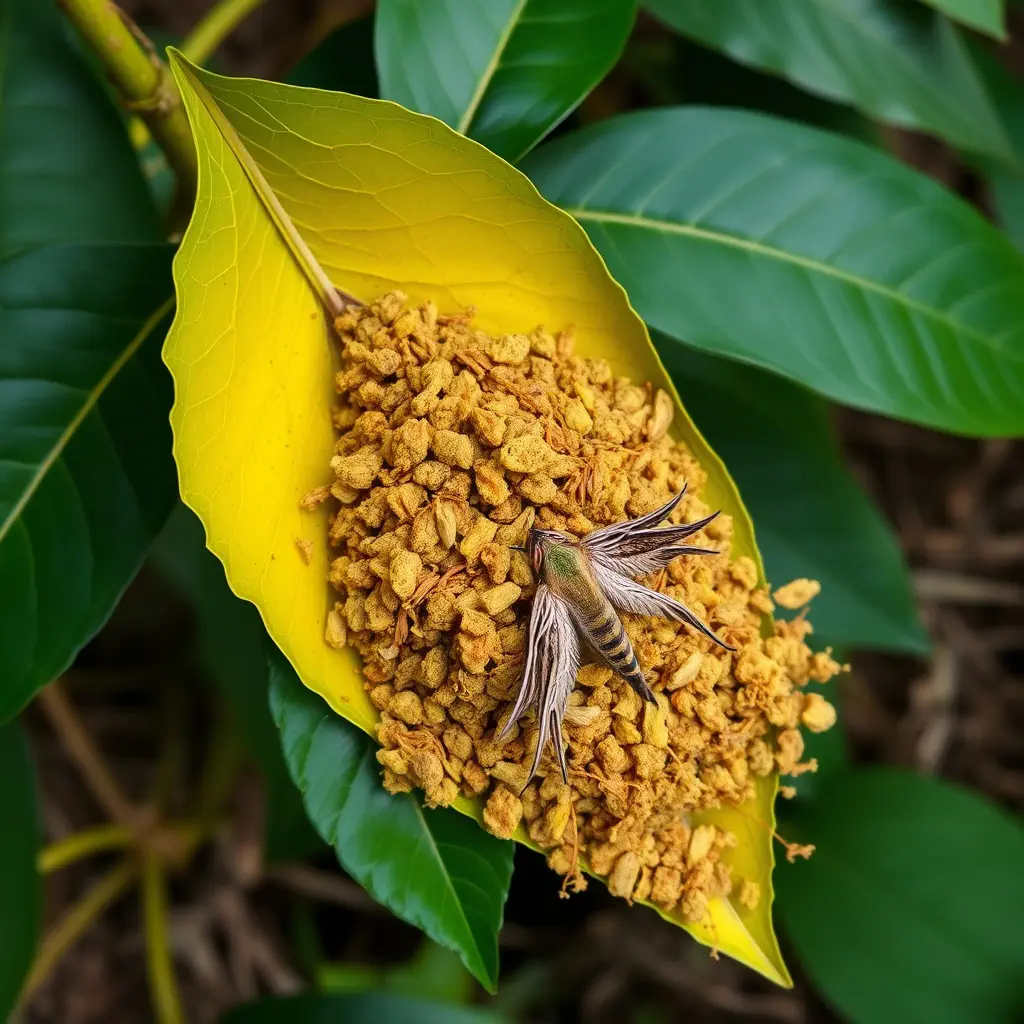Kratom, sourced from the Mitragyna speciosa plant in Southeast Asia, has gained attention as a natural remedy for joint pain relief. Its active alkaloids, mitragynine and 7-hydroxymitragynine, work by engaging with opioid receptors to provide analgesic effects. For those considering kratom for chronic joint discomfort, it's crucial to make informed purchases focusing on strain diversity, vendor credibility, and product integrity. Kratom strains like Maeng Da and Bali are popular for their pain-relieving and energy-boosting properties. Safe and effective use hinges on following recommended dosages, consulting with healthcare professionals, and ensuring product purity through rigorous testing by reliable vendors adhering to Good Manufacturing Practices (GMP). Understanding the different kratom strains—red, white, and green—is important for maximizing their pain-relieving effects based on their individual alkaloid profiles. Red vein strains are typically used at night for relaxation, while white vein kratom is preferred during the day for its stimulating effects, and green vein kratom offers a balanced experience. Kratom shopping should be approached with due diligence in selecting high-quality products from reputable suppliers to ensure both safety and efficacy for joint pain relief. Always consult with a healthcare provider before incorporating kratom into your health regimen, as individual health conditions may affect its impact. Proper dosing is key to avoiding negative side effects and achieving the desired pain management outcomes. A measured, well-informed approach to kratom shopping and usage is essential for a positive experience with this herbal remedy.
Explore the natural pathways to joint pain relief with kratom, a botanical option gaining attention in the realm of alternative medicine. In this comprehensive guide, we delve into the science behind kratom’s analgesic properties and how it can offer relief for those suffering from joint discomfort. Navigating the kratom market requires discernment, and our article provides essential tips for kratom shopping to ensure you select a high-quality product. Furthermore, we outline the most effective strains and dosage guidelines tailored for joint pain management with kratom. Discover how this plant-based remedy could be your answer to finding respite from chronic joint pain.
- Understanding Kratom's Role in Joint Pain Relief
- Navigating the Kratom Market: Essential Tips for Kratom Shopping
- Effective Strains and Dosage Guidelines for Joint Pain Management with Kratom
Understanding Kratom's Role in Joint Pain Relief

Kratom, a plant from Southeast Asia’s Mitragyna speciosa, has garnered attention for its potential role in joint pain relief. The primary alkaloids found in kratom leaves, mitragynine and 7-hydroxymitragynine, are believed to interact with the body’s opioid receptors, providing analgesic effects that can help alleviate chronic joint discomfort. For individuals exploring kratom as a natural alternative to manage their pain, understanding how to shop for high-quality kratom is crucial. Kratom shopping involves careful consideration of various factors, such as the strain type, vendor reputation, and product purity. Strains like Maeng Da and Bali are commonly sought after for joint pain due to their reported balancing properties that may offer both pain relief and increased energy levels. When incorporating kratom into a regimen for joint pain relief, it is important to adhere to recommended dosages and consult with healthcare professionals to ensure safety and efficacy. Additionally, purchasing from reputable sources not only guarantees the potency of the product but also ensures that the kratom has been tested for contaminants, which is essential for maintaining health and well-being. As with any supplement, it is imperative to approach kratom use with a degree of caution and due diligence, prioritizing the quality and safety of the product in your kratom shopping experience.
Navigating the Kratom Market: Essential Tips for Kratom Shopping

When embarking on a kratom shopping journey, discerning consumers must navigate the complex and varied marketplace to find high-quality products. The kratom market is vast, with a plethora of vendors offering diverse strains and product types. To ensure you make an informed decision, it’s crucial to conduct thorough research on potential suppliers. Start by verifying that the vendor adheres to Good Manufacturing Practices (GMP) for the production of their kratom products. This commitment to quality assurance can significantly influence the efficacy and safety of the kratom you purchase. Additionally, read customer reviews and feedback to gauge the reputation of the seller and the satisfaction of previous customers with their kratom shopping experience.
Furthermore, when kratom shopping, it’s essential to understand the different strains available, as each offers distinct alkaloid profiles that can influence pain relief outcomes. Familiarize yourself with the three primary kratom vein colors—red, white, and green—and their typical effects. Red vein strains are often associated with relaxation and sedation, making them a popular choice for nighttime pain management. White vein kratom is known for its energizing and uplifting properties, which can be beneficial for managing pain during the day without inducing drowsiness. Green vein kratom offers a balance of both effects, catering to those seeking moderate pain relief with a clear-headed experience. Always prioritize purchasing from reputable sources, as the quality of kratom can vary significantly between suppliers. By adhering to these tips during your kratom shopping experience, you’ll be better equipped to select products that meet your needs for joint pain relief.
Effective Strains and Dosage Guidelines for Joint Pain Management with Kratom

When exploring kratom for joint pain relief, it’s crucial to consider the specific strains and their potential effects. Mitragyna speciosa, commonly known as kratom, contains alkaloids that may interact with opioid receptors in the body, offering both pain-relieving and anti-inflammatory properties. For joint pain management, users often prefer strains such as Bali Kratom for its strong analgesic qualities or Maeng Da Kratom for its balanced effects. Red vein strains are particularly favored due to their sedative and relaxing nature, which can be beneficial for managing chronic pain. When purchasing kratom products, engaging in responsible kratom shopping is essential. Reputable vendors offer a variety of strains, with clear labeling and dosage guidelines to ensure user safety. It’s important to adhere to the recommended dosage to avoid adverse effects; starting with a lower dose and gradually increasing as needed can help determine your individual response. Always consult with a healthcare provider before integrating kratom into your pain management regimen, as personal health conditions can influence how your body responds to this substance. Proper dosing is key to finding relief without overstepping the threshold of effectiveness, as too much kratom can lead to unwanted side effects. Therefore, a measured approach, informed by quality advice and careful product selection during kratom shopping, is the best path to effective joint pain management with kratom.
When exploring the realm of natural remedies for joint pain relief, kratom emerges as a notable option. Understanding its role, navigating the market with informed choices, and applying effective strains and dosage guidelines are key to harnessing kratom’s potential benefits. For those seeking alternative approaches to joint pain management, kratom shopping with discernment and knowledge can lead to a more tailored and potentially effective treatment plan. As with any health-related decision, it is advisable to consult with healthcare professionals before integrating kratom into your wellness regimen. With the right approach, kratom may serve as a valuable addition to your joint pain relief strategies.






